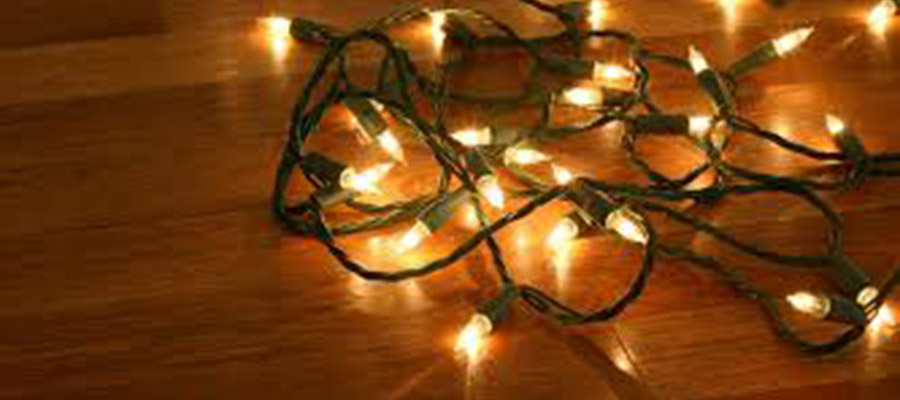It’s one of the most common holiday time problems: an entire section or strand of holiday lights is out. The problem often lies with just one bulb. The problem is, it can be difficult to isolate that bulb, especially if it is part of a particularly long strand.
If you want to spend more time enjoying your holiday display than you do setting it up, you will need to figure out a way to find that bulb and replace it quickly.
Using a Light Tester
The easiest and fastest way to find a bad bulb in a holiday light strand is through the use of a light tester. Many light sets come with one, but they can also be purchased inexpensively from many sources including hardware and department stores. Many stores keep them in the seasonal section along with the holiday lights. They are also easy to find from numerous online vendors.
Some light testers have green and red LED Christmas lights and a pointed tip. The device interprets whether a light is operating properly or if it is receiving current but halting the flow of electricity through the rest of the strand. A red light indicates a bad bulb. A green light indicates a bulb that is functioning properly.
If there is no light, it means that there is no current reaching the bulb. You can find the bad bulb with either a red light or no light. The red light is the obvious one since that bulb is clearly not working. No light means that the bulb directly preceding it is the culprit and needs to be replaced.
How to Use the Tester
The best way to test the bulbs is to lay the strand flat and test each light in succession. If you are working with a pre-lit holiday tree, try to determine where the strands begin and end and test them one at a time (most pre-lit trees consist of several strands).
Insert the tip of the tester between the two wires that come out of the socket. Make sure that no other wires are touching the tester. Only the two wires that are attached to the socket should be touching it.
Now, press the test button. If you get a red light, you have found the bad bulb. Replace it and test the strand. If the lights all come on, you’re done. If not, there is another bad light somewhere on the strand. Continue testing to find it.
Further Troubleshooting
If the tester fails to reveal the offending light or lights in the strand, additional troubleshooting will be necessary.
First, unplug the strand from its power source. If possible, rotate the plug by a half turn and plug it bak in. Doing so will reverse the polarity and aid in revealing a red light when the current reaches the first bad bulb.
If you find that multiple strings refuse to light, disconnect them if they are chained together and test each individually. If the string has a fuse in its power plug, the fuse could be blown. If that is the case, simply replace it and all the lights should work properly.




